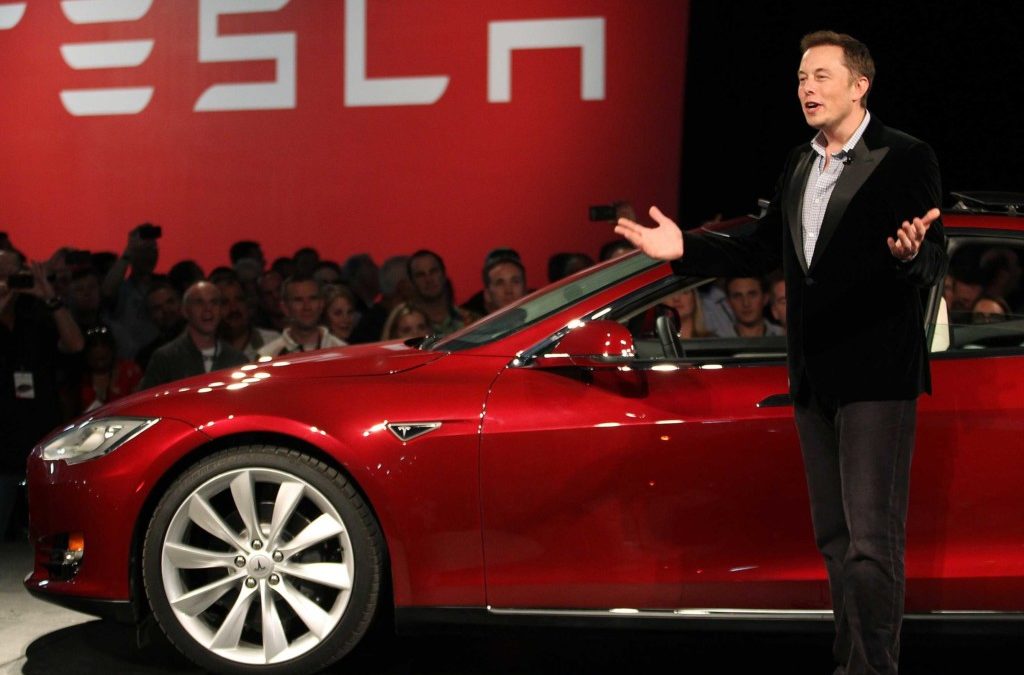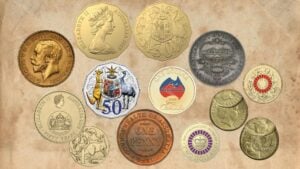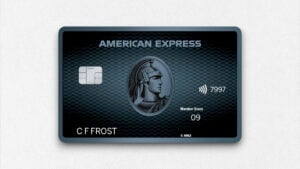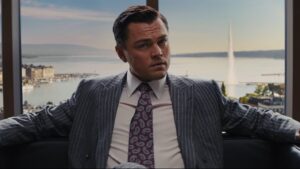Rest assured, if you ever find yourself in a seat opposite Elon Musk or someone else at the helm of the world’s largest tech companies, you won’t get the old “What is your greatest weakness>” question. To even be in the same room, you’ve got to be the cream of the crop, with many institutions only considering candidates from the top universities in the world, boasting of the highest grades. Naturally, they have some truly tough interview questions and answers to get through.
Elon Musk has been known to appear disinterested for the initial part of an interview, even writing emails while the candidate shuffles nervously in the hotseat. After he’s gotten under their skin, the interrogation begins, and he throws a barrage of riddle-like questions which he’s used to receiving on his Twitter. Google and Apple have been alleged to follow a routine akin to this – punishing the potential employee with seemingly impossible-to-answer mind puzzles.
Here are some tough interview questions and answers to come out the room.
Questions
1. SpaceX: The One Mile Question
You’re standing on the surface of the Earth. You walk one mile south, one mile west, and one mile north. You end up exactly where you started. Where are you?
2. Apple: 100 Coins Question
You have 100 coins lying flat on a table, each with a head side and a tail side. Ten of the coins are heads-up, 90 are tails-up. You cannot feel, see, or in any other way find out which side is up. How would you split the coins into two piles so there are the same number of heads in each pile?
3. Apple: The Three Doors Question
There are 3 doors, behind which are two goats and a car. You pick a door (call it door A). You’re hoping for the car of course. The game show host examines the other doors (B & C) and opens one of them to reveal a goat (both doors might have goats; he’ll randomly pick one to open).
Here’s the game: Now that you’ve seen a goat behind door B, do you stick with door A (original guess) or switch to the other unopened door? Does it matter?
4. Google: The Clock Hands Question
How many times do a clock’s hands overlap in a day?
5. Microsoft: The Bucket Question
You have an infinite supply of water, a 5 litre bucket, and a 3 litre bucket. How do you measure 4 litres of water?
6. Tesla: Boat In A Tank Question
You’re in a row boat that is in a large tank filled with water. You have an anchor on board, which you throw overboard (the chain is long enough so the anchor rests completely on the bottom of the tank). Does the water level in the tank rise or fall?
Answers
- If you are standing directly on the North Pole and you walk one mile south, then one mile west, then one mile north, you will arrive back at the North Pole.
- This one is to test listening skills: every coin has a heads side. Just count 50 and you are done. The riddle/question asks to split-up the coins into two piles with the same number of heads not the same number of coins with the heads up.
- Change to door C. When you first choose, there is a 1/3 chance of the car being behind door A and a 2/3 chance that the car isn’t behind door A. After the host opens door B to reveal a goat, there’s still a 1/3 chance that the car is behind door A and a 2/3 chance that the car isn’t behind door A. A 2/3 chance that the car isn’t behind door A is a 2/3 chance that the car is behind door C. On probability, you’re better off changing your choice to Door C after the goat is revealed.
- 22. In T hours, the minute hand completes T laps. In the same amount of time, the hour hand completes T/12 laps. The first time the minute and hour hands overlap, the minute hand would have completed 1 lap more than the hour hand. So we have T = T/12 + 1. Similarly, the second time they overlap, the minute hand would have completed two more laps than the hour hand. So for N overlaps, we have T = T/12 + N. Sub in T = 24 hours in a day, solve for N and you get N=22.
- Start by filling the 5 litre bucket and pour that into the three-litre bucket. Now you have 2 litres in the big bucket and 3 in the little one. Empty the little bucket, and pour the last 2 litres from the big bucket into the little bucket. Fill the big bucket, and then use that water to fill up the little bucket. Since the little bucket already has 2 litres, it will fill up by 1 litre, leaving the big bucket with four litres.
- The water level falls, but there are two effects. When the anchor settles on the bottom, it raises the level of the water by an amount equivalent to the anchor’s volume. But because the rowboat is now lighter, it rises and the water level correspondingly falls. The floating boat displaces an amount of water whose weight is equal to the boat’s weight, so the water level falls by an amount equivalent to the weight of the anchor. The density of the anchor is greater than that of water, so the drop in water level due to the boat rising is greater than the rise in water level due to the anchor sinking. Thus, the water level goes down.















